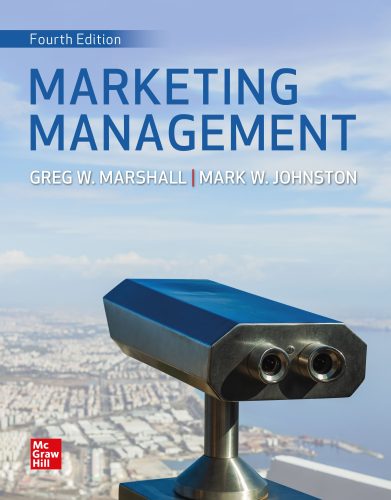
The FIFA World Cup has come to an end and with its conclusion comes the opportunity to reflect on one of the more interesting ways that companies were able to capitalize on the month long tournament’s hype and appeal. A couple of interesting articles/posts in Forbes and on the NBC News website discuss the ways that different organizations leveraged the FIFA World Cup to score marketing wins and the fact that a number of those winners employed ambush marketing. Ambush marketing is nothing new, but in the age of social media it has become an increasingly effective and measurable way of competing in the global marketplace. For instance, think of the advantages of being able to create and then track hashtags, or create YouTube videos and then track their views. These are just a few options in the marketer’s toolkit that are made possible through highly popular social media sites. Another advantage of this approach can be seen in the cost savings achieved by companies that don’t have to pay exorbitant sponsorship fees to be associated with the event as official sponsors.
Companies such as Adidas and Coca-Cola went the traditional route in this past tournament and paid FIFA an estimated $100 million to take advantage of sponsorship benefits as being able to embed the Word Cup emblem in elements of their creative collateral. On the other end, brands such as Pepsi, Nike and Beats by Dre went the ambush marketing route and put together efforts in the weeks leading up to and then during the World Cup that featured many well-known stars of football with themes that from a legal standpoint were associated with the game of football in a general sense as opposed to the World Cup. From the perspective of the viewers of these advertisements (which aired during and before the World Cup) it wouldn’t be surprising if the difference between the two was not apparent.
While there are clear advantages to sponsorship for instance, AB InBev (an official sponsor of the World Cup) had prominent signage in the arenas. During matches they took advantage of their signage and recognition of the shifting demographics in the stands by having the signage change to match the brands that aligned with those demographics. For example, Brahma the organization’s national Brazilian beer brand was on display during matches in which Brazil was playing. On the other hand the brand Beats by Dre chose to invest heavily in a five minute clip titled “The Game before the Game” that focuses on the routines which football players, announcers and fans undertake before the beginning of a match. The clip featured a number of big name athletes and celebrities such as Brazil star Neymar and ESPN Sportscaster Stuart Scott and in many cases highlighted how the Beats by Dre headphones factored in these different individuals’ preparations. On YouTube the video (as of the writing of this post) had over 23 million views. While the following is speculation perhaps for a brand such as Beats by Dre, the rationale was that with a finite budget their money was better spent focused on celebrities, production quality and longer form storytelling.
Below is the commercial produced by Adidas, one of the official sponsors of the World Cup, that is a part of the “All in or Nothing” campaign (associated with the hashtag #allinornothing) that (as of the writing of this post) has garnered over 38 million views on YouTube and numerous views on television as well.
From a marketing management perspective there are some interesting questions and implications to think about within this context. Some of these include:
• Does ambush marketing dilute the value of being an official sponsor for a major sporting event? How would you make the argument that it does and what data would you use?
• If you were engaging in ambush marketing around a major sporting event what metrics would you be most interested in using to determine the effectiveness of your efforts, especially relative to a competitor who was an official sponsor for the event?
